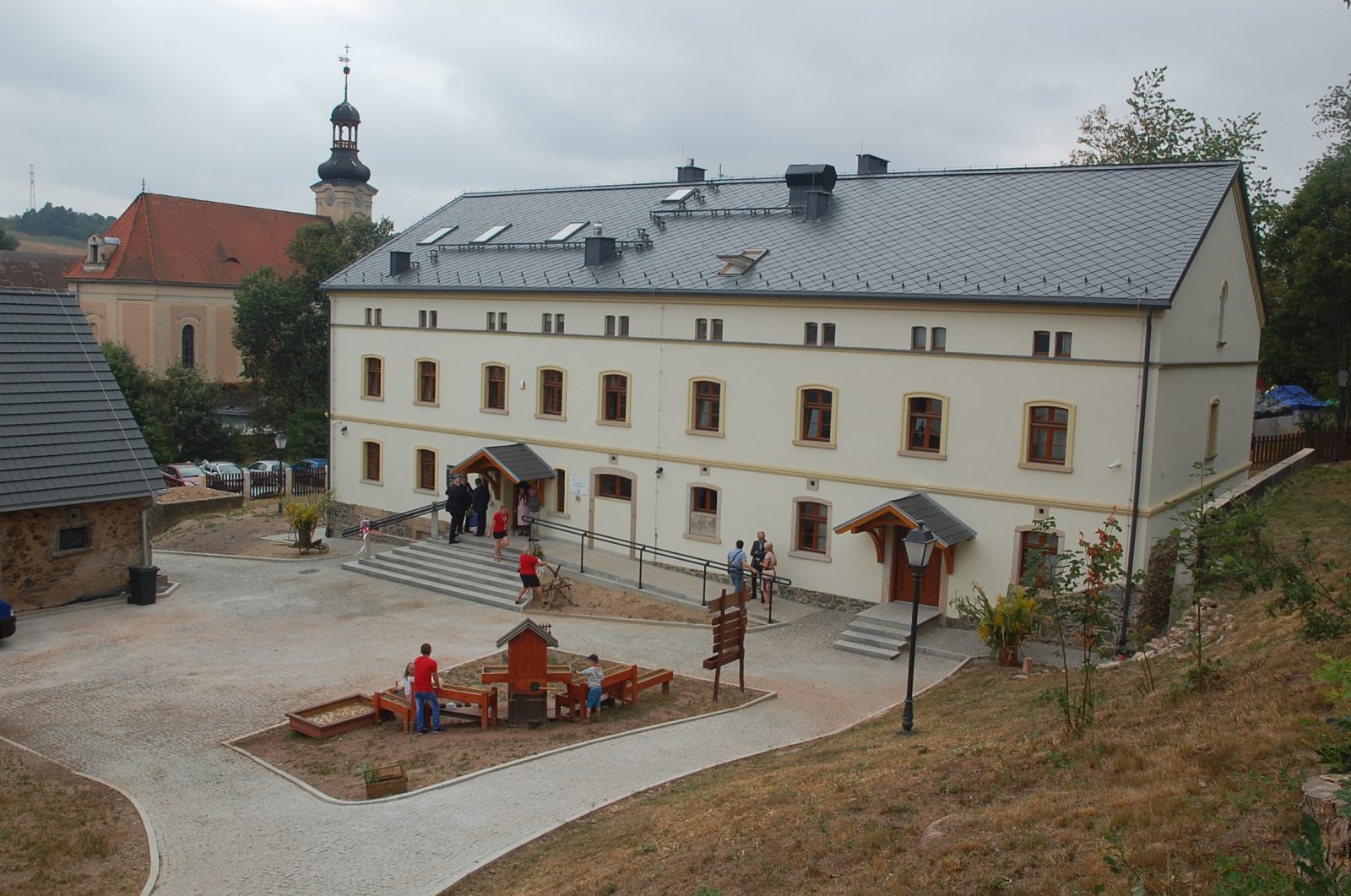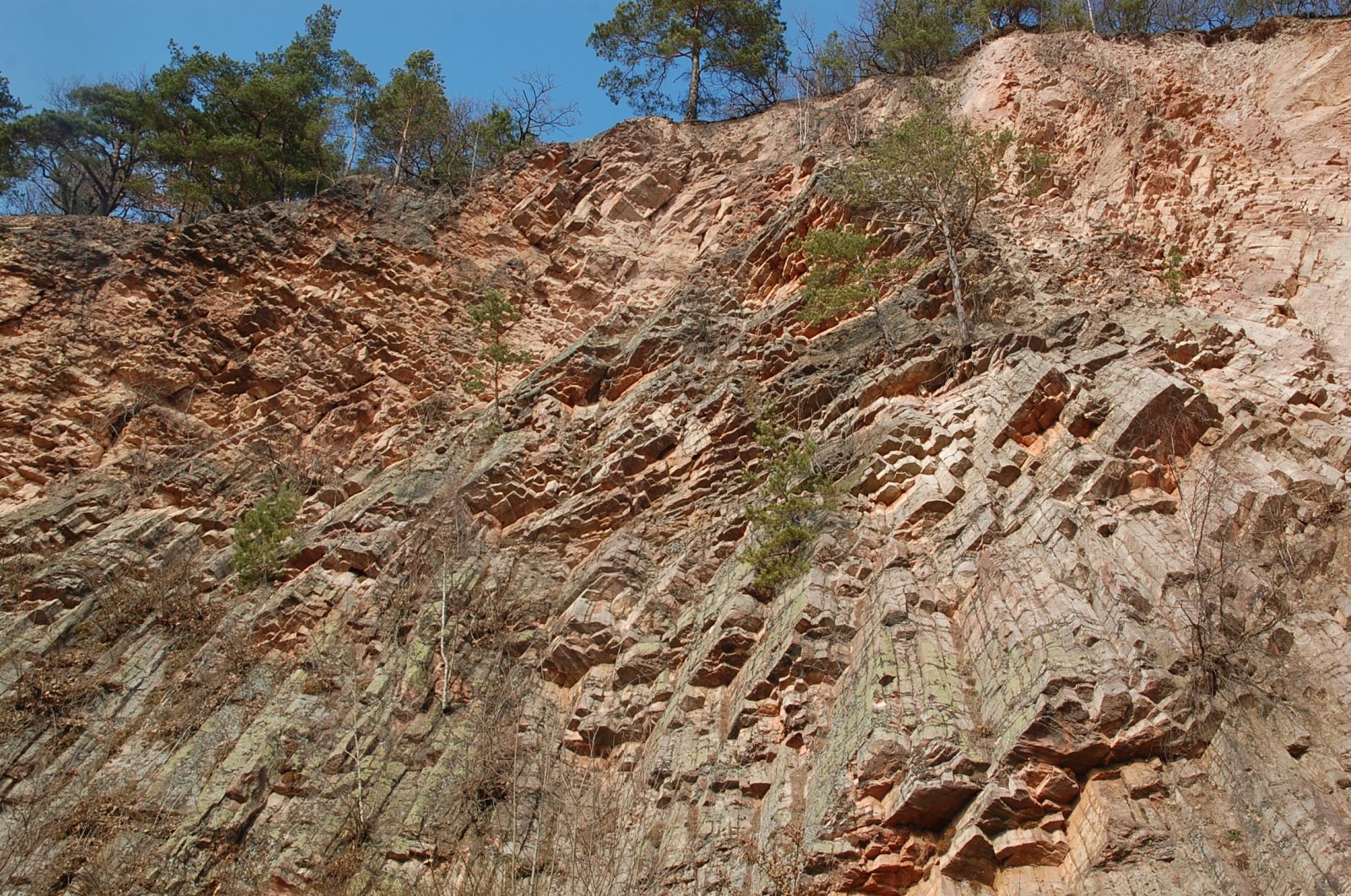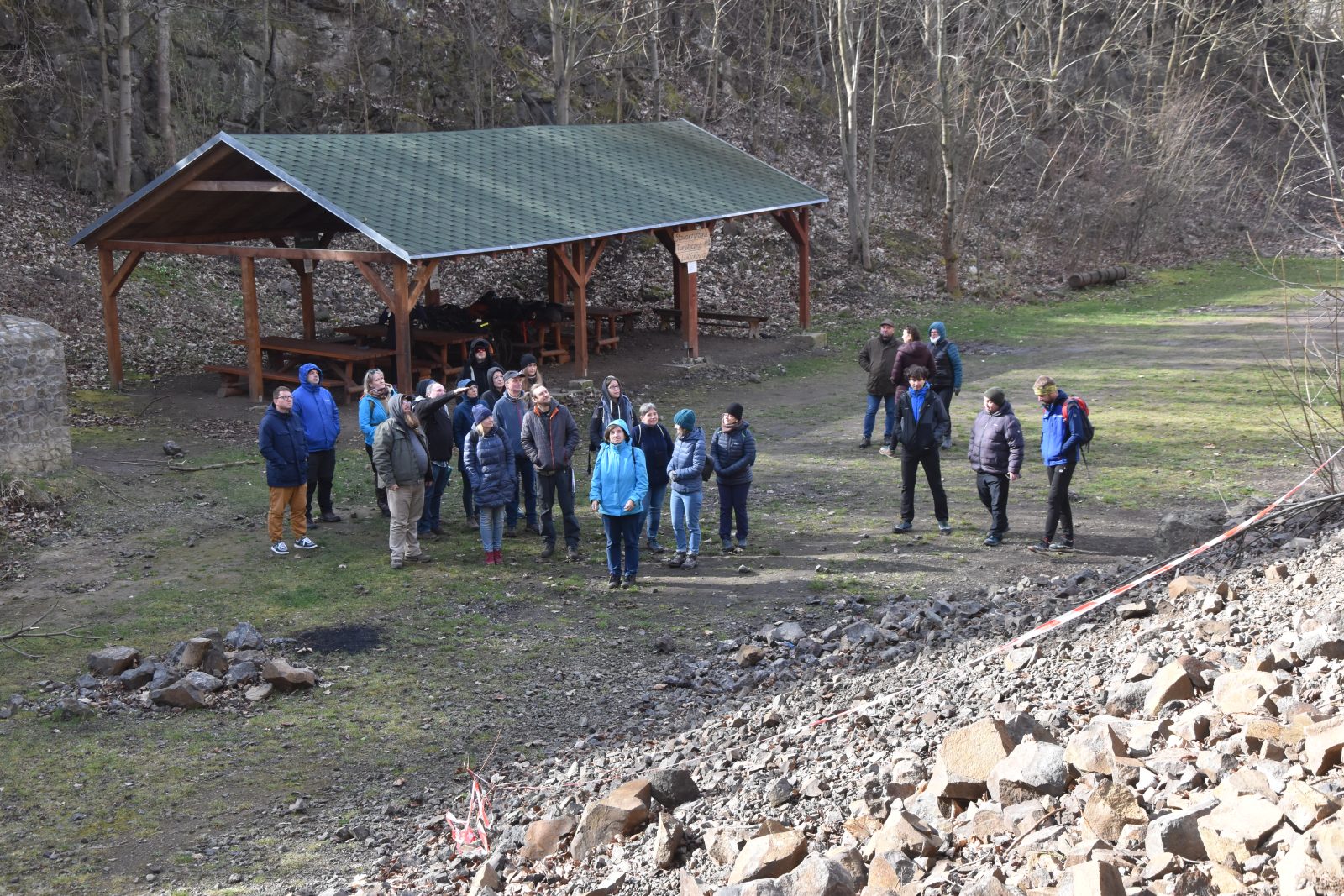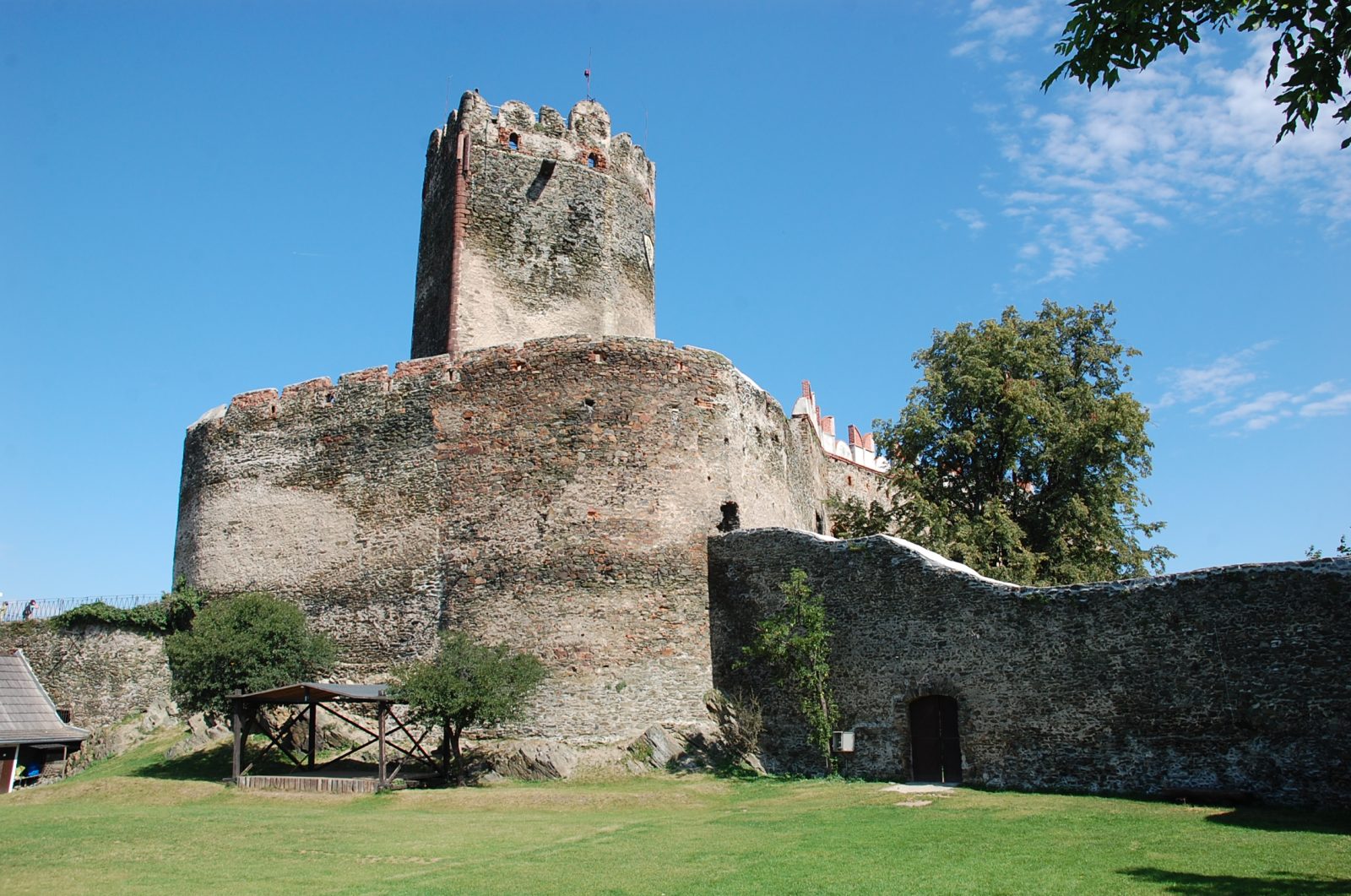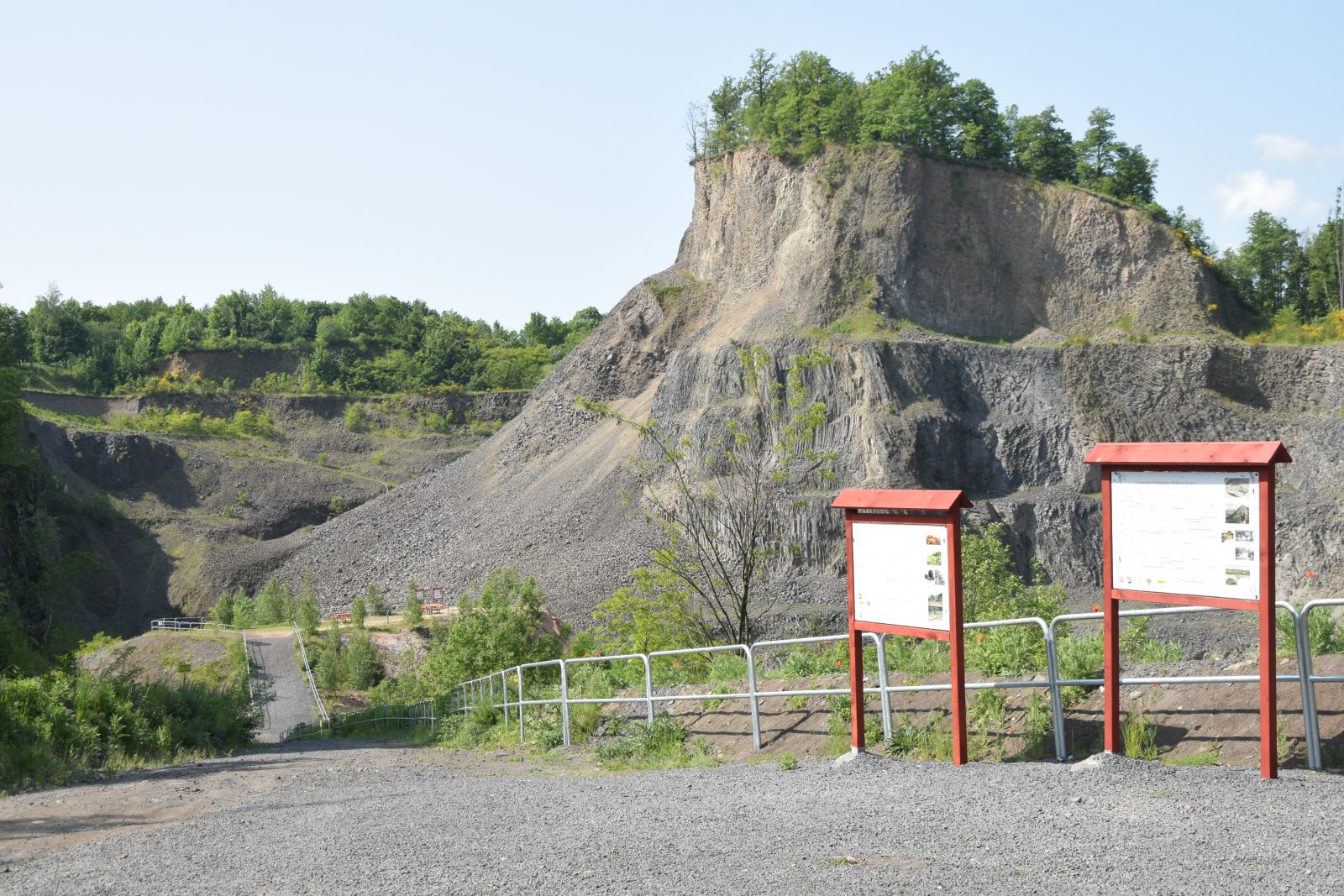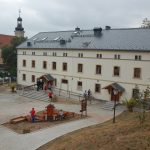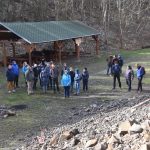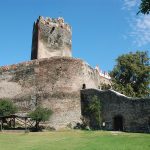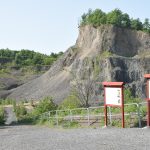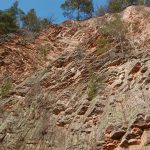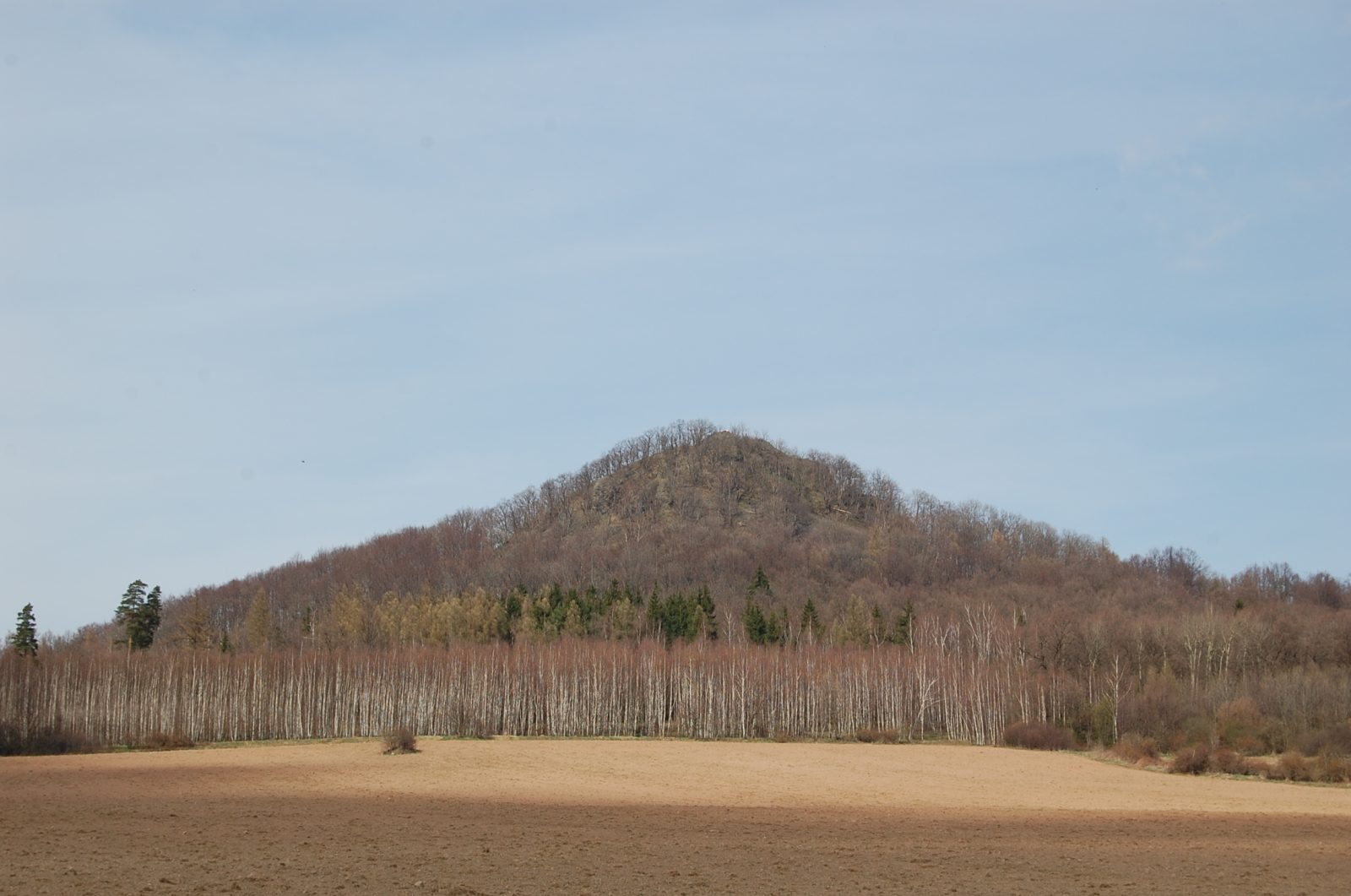
The Land of Extinct Volcanoes as a UNESCO World Geopark!
Very good news has come to us from the session of the UNESCO Executive Committee, which on 27 March 2024 announced the granting of UNESCO World Geopark status to eighteen new geoparks from various parts of the world, including the Land of Extinct Volcanoes, just a few dozen kilometres west of Wrocław.
As prof. Piotr Migogoń, head of the Department of Geomorphology at the Institute of Geography and Regional Development in the Faculty of Earth and Environmental Management at the University of Warsaw, describes the location of the Land of Extinct Volcanoes: – The geopark covers most of the Kaczawskie Mountains and Foothills in the Western Sudetes and an adjacent fragment of the pre-Sudetic area between Legnica, Jawor and Wądroż Wielki.
Professor Piotr Migoń was the scientific coordinator of the inventory and assessment of Earth’s heritage sites, crucial in the process of applying for UNESCO World Geopark status. He is also a member of the Geopark’s Scientific Council.
Although there are already more than 200 UNESCO World Geoparks, only three are located in Poland. The cross-border Muskau Arc Geopark (in 2011) and the Świętokrzyski Geopark (in 2021) have previously been granted this status.
What is a UNESCO World Geopark and why is it a prestigious award?
-The idea of geoparks began to emerge in the 1990s, and its main components were the promotion of the qualities of inanimate nature, also known as the Earth’s heritage, the development of tourism using these qualities and, by extension, the promotion of economic development at the local level, in regions often struggling with demographic, social and economic problems.
The first geoparks were established at the end of the last century, and the World Geoparks Network started in 2004, at that time bringing together 25 sites from several European countries and China. Since 2015, geoparks have been one of UNESCO’s programmes, parallel to the longer-established World Heritage and Human and Biosphere Reserves programmes. – Geoparks could therefore most appropriately be described as territorial organisations whose main task is to educate and promote local development through tourism, particularly emphasising the transcendental qualities of the Earth’s heritage, says our researcher. – However, they are not a legal form of nature conservation.
Obtaining World Geopark status involves a number of requirements, both relating to how this heritage is documented and its international significance, as well as to the proper management of the area, the care of the heritage, the involvement of local communities, regional cooperation and educational activities.
Przyznanie przez UNESCO statusu Światowego Geoparku dla Krainy Wygasłych Wulkanów jest zatem znaczącym wyróżnieniem w skali globalnej. – To wyraz uznania dla podejmowanych przez społeczność lokalną starań i działań oddolnych, koordynowanych przez Stowarzyszenie Kaczawskie, będące organizacją pozarządową zarządzającą Geoparkiem – podkreśla prof. Piotr Migoń. – Wśród nich niebagatelną rolę odgrywa szeroki program aktywności edukacyjnych, realizowany przede wszystkim w Sudeckiej Zagrodzie Edukacyjnej we wsi Dobków na Pogórzu Kaczawskim, oddanej do użytkowania w 2015 r.
The scientific community of many universities, including those associated with the University of Wrocław, provided substantive support for the Geopark, and the Faculty of Earth and Environmental Sciences at the University of Wrocław signed an official cooperation agreement with the Geopark.
From the point of view of the Earth’s heritage, the area covered by the Land of Extinct Volcanoes Geopark is unique in Poland. – It is the only place where you can see remnants of the turbulent volcanic activity that took place in three major periods in the geological past: at the beginning of the Palaeozoic era, between 540 and 400 million years ago, in the early Permian, about 290 million years ago, and about 30-20 million years ago, at the turn of the periods known as the Palaeogene and Neogene. – describes Prof. Migoń. – These remains are old volcanic rocks, amazingly shaped in places into overlying ‘pillows’ formed during submarine outpourings, while in others they are cracked into regular arrangements of columns formed by the cooling of lava.
Since volcanic rocks are usually hard and resistant to destruction, they form characteristic hills with a domed or conical shape, of which there is no shortage in the Land of Extinct Volcanoes. – However, ancient volcanoes do not exhaust the geological wealth of the region. – stresses Prof. Migoń. – In the geopark, visitors can see rocks of various types from almost all known geological periods, telling the story of the formation and destruction of mountains, repeated sea floods, climate changes from desert to hot and humid, the slide of ice sheets and the reign of the polar desert.
The Land of Extinct Volcanoes is famous for the occurrence of rare minerals and precious stones. In the past, it was repeatedly the site of mining activities, traces of which can be encountered along the Kaczawskie trails.
Distinctive landforms can also be seen here: gorge valleys, rocky ravines, limestone hills, rocks diversifying the mountain ridges.
One of the tasks of the UNESCO World Geopark is to make these sites as accessible as possible to interested tourists – not so much in the physical sense, as reaching them is relatively easy, but in terms of interpretation, so that visitors to the region can expand their knowledge, gain new experiences and better understand the complexity of the processes that shape our planet. – says prof. Piotr Migoń.
Scientists affiliated with the University of Wrocław played and still play an important role in discovering the geological past of the Land of Extinct Volcanoes and understanding its present-day environment. – For many decades the Kaczawa region has been the subject of studies by Wrocław geologists and geographers and the pioneering concepts of geological development of the Sudety Mountains, changing the established views, were largely the result of studies in this area. – says Prof. Migoń. – The Sudety Mts. are also an exceptionally attractive area for field exercises for students who in a relatively small area have an opportunity to encounter an exceptional variety of rocks, geological structures, relief forms and mosaic of geographic environment.
Botanical studies should not be forgotten either. Valuable, often unique plant communities form on the bedrock of volcanic rocks, and quasi-natural forest complexes have also been preserved in many places. On the other hand, the unique historical heritage, visible both in historic architectural buildings and spatial arrangements of towns and villages, is being discovered by historians and geographers representing human geography. Contemporary transformations and development prospects are studied by specialists in socio-economic geography and tourism. According to prof. Piotr Migoń, the list of scientific publications concerning the region, and prepared by employees of the University of Wrocław, certainly includes more than 100 items.
The support of scientists from the University of Wrocław for the Land of Extinct Volcanoes Geopark finds expression not only in the provision of basic knowledge. In addition to prof. Migoń, several further employees of the Faculty of Earth and Environmental Management participated in the preparation of the inventory and assessment of the Earth’s heritage sites: Dawid Białek, Aleksander Kowalski (then a doctoral student at the Institute of Geological Sciences) and Paweł Raczyński.
We provide substantive support to the educational programme carried out by the Sudecka Zagroda Edukacyjna, we conduct training for local guides, and at conferences and geopark working meetings we point out the possibilities of using basic knowledge in practice. – enumerates prof. Piotr Migoń. – Several popular science and guide publications have also been prepared.
Plans for further scientific and application activities are extensive and certainly the links with the Land of Extinct Volcanoes Geopark will continue and develop further.
Read more about UNESCO Executive Committee session: (https://www.unesco.org/en/articles/unesco-names-18-new-geoparks)
Complied by Katarzyna Górowicz-Maćkiewicz
